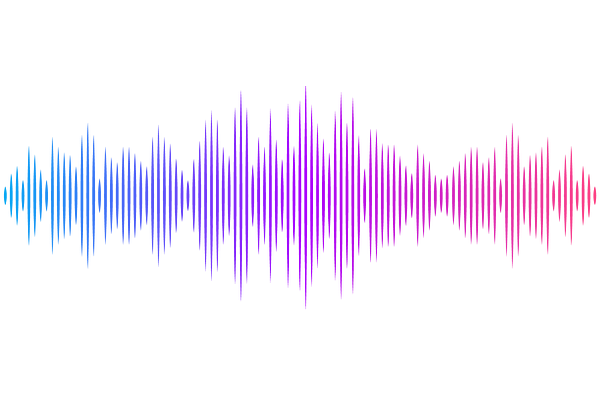A nasal vaccine candidate, based on S2 and N proteins from SARS-CoV-2, generates a broad antibody response systemic and at lower respiratory tract.

A nasal vaccine candidate, based on S2 and N proteins from SARS-CoV-2, generates a broad antibody response systemic and at lower respiratory tract.
Lobaina, Y.; Chen, R.; Vazquez-Blomquist, D.; Suzarte, E.; Zhang, M.; Zhou, Z.; Lan, Y.; Guillen, G.; Li, W.; Perera, Y.; Hermida, L.
AbstractSince the beginning of the COVID-19 pandemic various groups around the world have intensively worked in the development of vaccine candidates against SARS-CoV-2. Several vaccines have been approved in the past years, the majority are based on the Spike or RBD proteins and employs parenteral administration routes. Considering the recent history of Coronavirus zoonotic events, causing serious human health problems, the generation of vaccines with a broad scope of protection and the potential to cut/reduce the transmission remains in the spotlight. The current global pandemic preparedness initiatives have promoted also the preclinical evaluation of a new group of Coronavirus vaccines. In the present work a nasal vaccine candidate based on two highly conserved Sarbecovirus proteins, S2 and nucleocapsid (N), is evaluated in two different mice strains. The vaccine preparation, containing a CpG ODN as adjuvant, was able to generate high antibody titers against both antigens, in sera and bronchoalveolar lavages. This antibody response results cross-reactive to S2 from SARS-CoV-1 and MERS-CoV, and to N from SARS-CoV-1. However, a very low neutralizing capacity was found in the sera of the immunized mice when a pseudoviral system assay was used. On the other hand, the vaccine preparation induces, at systemic compartment, IFN secretion, and a marked IgG2a response, specific against both proteins; a profile consistent with the development of a Th1 pattern. Although further evaluations should be done, including protection assays, the demonstrated cross-reactivity level and mucosal response constitutes promising features of this vaccine candidate.